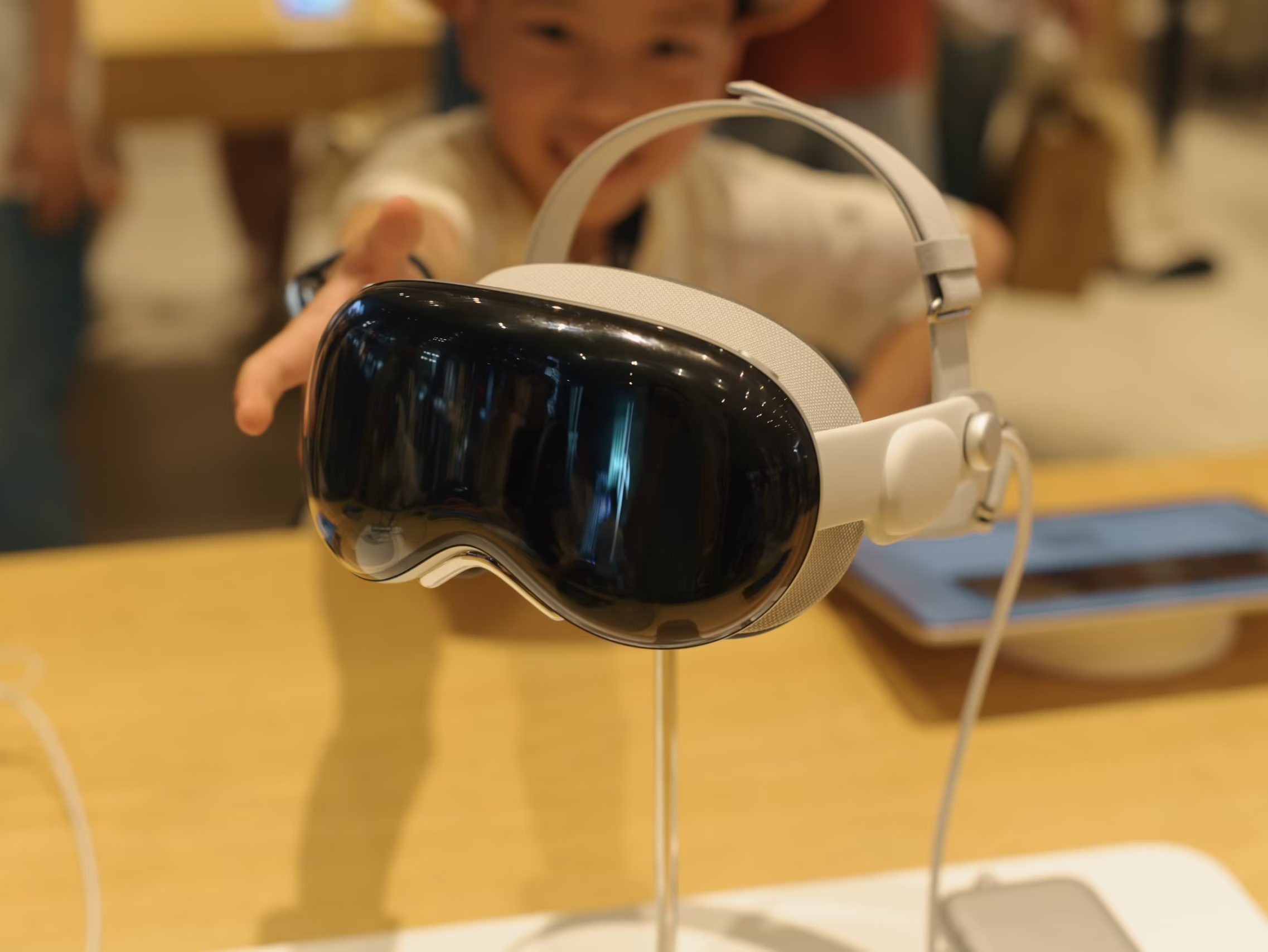6/13/25
Tech companies are continuing to increase their product prices, as evidenced by Apple’s $3,499 Vision Pro headset and Nintendo’s 92% price increase in repairs. While they develop costly innovations, growing evidence shows entire population segments are falling behind in the “digital divide,” raising questions about whether technological progress creates more inequality than the promised universal connectivity.
Recent research indicates persistent digital disparities between demographic groups. A 2023 report by the Pew Research Center noted that Asian (84%) and White (83%) adults are more likely to have home broadband than are Hispanic (75%) or Black (68%) adults. Similarly, 80% of White adults own desktop or laptop computers, compared with 69% of Black adults and 67% of Hispanic adults. A study in late 2024 also concluded that disabled people have less access to high-speed internet than non-disabled individuals.
In a 2024 systematic review of digital equity, Canadian researchers emphasize that “a lack of access to affordable devices and internet plans significantly exacerbates the digital divide between low and high-socioeconomic groups.” They also comment that “low-income persons often cannot cover the expense of stable speed internet services” and that “accessibility and availability of quality internet continue to be key to closing the digital divide.”
Its impact on families has been particularly devastating. The “digital affordability crisis” has deepened, with 43% of U.S. consumers saying they are financially worse off than they were a year earlier. Working families often cannot pay for basic technology needs, including device use and related costs. Four-in-ten low-income adults do not have a home broadband subscription (43%) or a desktop or laptop computer (41%).
This lack of household device access can also impact education. Denae, an elementary school parent in Bakersfield, says, “The lack of devices in my household for my children to learn is my main problem. Being a low-income family, it is hard to buy additional devices, having three kids in three different grade levels splitting screen time is very hard, and one child, if not more, isn’t getting an adequate amount of learning time.”
The financial implications are also staggering. Thirty percent of consumers identify inflation as the greatest threat to their shopping habits next year, and 62% identify severe issues in terms of affordability. Affordability remains the largest barrier to sustainable shopping, with 61% citing cost as an issue, leaving a massive gap between purchasers and non-purchasers of new digital gadget accessories.
While companies like Google have launched access initiatives to reduce cost barriers in disadvantaged communities, critics argue that these efforts are insufficient to address the broader affordability crisis. However, these same technology companies face criticism on multiple fronts—including privacy violations, workers’ rights issues, and tax evasion—raising questions about their commitment to social responsibility. Without more comprehensive affordability programs or cheaper products, the digital divide will likely persist, leaving vulnerable populations without adequate access to essential technology services.
Ultimately, technology companies are ethically responsible for addressing technological disparity, either through affordability programs or cost-efficient designs. As inclusive design expert Alwar Pillai suggested: “And we as people who are part of engineering teams and engineering cultures, it’s our responsibility to make sure we change the way we build products and make the process more inclusive, so that more and more people have access to the products that we’re building.”

